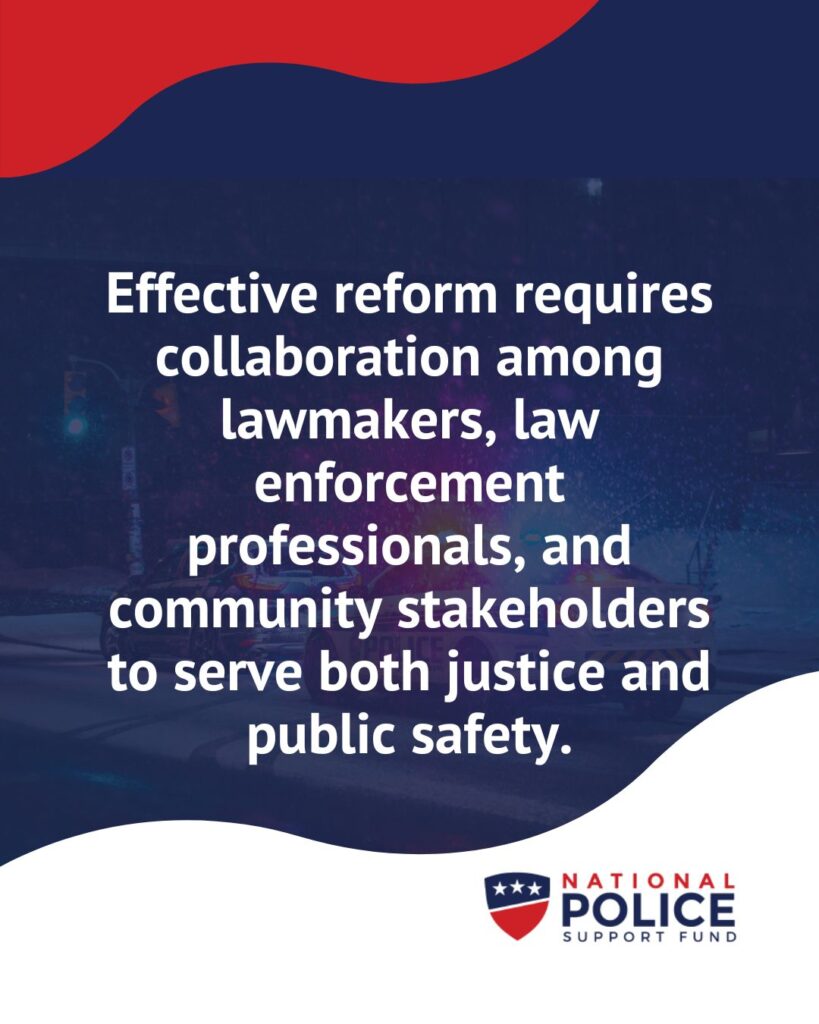Although the end of the legislative year is fast-approaching, Alabama lawmakers are currently debating significant changes to the state’s bail system. These reforms carry substantial implications for public safety and law enforcement operations, as they may affect how defendants are held accountable for court appearances and how officers manage pretrial supervision responsibilities.
Background: Understanding the Proposed Legislation
Reform is coming in the shape of two pieces of legislation, which could fundamentally alter how pretrial detention operates. HB 42 would restore judges’ authority to allow defendants to pay partial bond amounts for release, while HB 410 introduces regulatory changes to the bail bonding industry.
While complementary, each bill tackles distinct issues:
HB 42 – Partial Bail Payment Restoration
Sponsored by Rep. Chris England, this bill restores a small detail to Alabama’s bail statute. The three-word change (it adds the phrase “a part of”) carries big implications:
- It allows judges to permit defendants to pay a percentage of their total bond for pretrial release.
- Any money paid would be retained by the court system rather than going to bail bondsmen.
- The option to do this, which had been eliminated by the 1993 Alabama Bail Reform Act, would then be restored.
The bill initially passed the House with bipartisan support but was rejected by the Senate Judiciary Committee in a 5-5 tie vote.
HB 410: Changes to the Professional Bail Bonding Board
The brainchild of Rep. Shane Stringer, HB410 modifies the composition of the Alabama Professional Bail Bonding Board. It does so by:
- Expanding exemptions for fees that bail bond companies must pay to courts.
- Increasing penalties for bail jumping from a Class A misdemeanor to Class D felony.
- Adding regulations for bail bond companies operating across state lines.
- Establishing minimum $500 fines that cannot be waived unless defendants demonstrate an inability to pay.
Implications for Law Enforcement
As a major component of the law enforcement system, bail reform will impact the way local police departments operate, allocate resources, and oversee their internal affairs.
Operational concerns of bail reform
The proposed changes to partial bond payments raise significant concerns about law enforcement’s ability to ensure defendants appear for court proceedings. Under the current system, bail bond companies have financial incentives to track down defendants who fail to appear, effectively serving as an extension of law enforcement resources.
If more defendants are released through percentage bonds managed by the court system, officers may face increased responsibilities in locating and apprehending individuals who fail to appear in court.
Potential strain on resources
Data cited by the Alabama Bail Bond Association indicates that cash bond defendants had a failure-to-appear rate of 55% in 2022 and 2023, compared to 14-15% for those released through bail bondsmen.
While supporters argue these figures don’t provide fair comparisons, any increase in failure-to-appear rates would directly impact law enforcement resources. Officers would need to dedicate more time to warrant services and fugitive apprehension, which could potentially reduce their availability for proactive policing and community safety initiatives.
Accountability and oversight challenges
The shift toward court-managed percentage bonds may reduce the private sector’s role in ensuring defendant compliance. Bail bondsmen currently have a strong financial motivation to ensure their clients appear in court and often employ bounty hunters and tracking services.
Without this private enforcement mechanism, the burden of ensuring court appearance may fall more heavily on already stretched law enforcement agencies, potentially affecting their ability to respond to other public safety priorities.

The Pros and Cons of Possible Reform, according to Stakeholders
Bail reform is nearly always controversial, and in Alabama, many players have lost no time taking a stand.
On one hand, the Alabama Bond Association has been vocal in opposing HB 42, arguing that it would reduce accountability for defendants. Association President Chris McNeil contends that bail bondsmen are more effective at securing court appearances, with significantly lower rates of failure to appear. However, the association supports HB 410, viewing its regulatory changes as beneficial improvements to the bonding system.
Meanwhile, organizations like the Southern Poverty Law Center have expressed their support for HB 42. In their view, law enforcement, rather than bail bondsmen, should be primarily responsible for apprehending defendants who fail to appear. According to Policy Director Jerome Dees, most secured defendants are returned to court through law enforcement efforts rather than private bounty hunting. Supporters also argue that percentage bonds would reduce the financial burden on defendants while still maintaining court revenue.
Ultimately, both sides have strong arguments, although the main debate centers on conflicting interpretations of the same failure-to-appear statistics. While bail bond advocates point to higher failure rates for cash bonds, reform supporters argue that these comparisons are unfair because cash bonds are typically used for smaller offenses, such as traffic violations, which naturally have higher non-appearance rates.
Ultimately, a comprehensive data analysis that accounts for offense types, bond amounts, and demographic factors is still pending.
Status Update: What is Happening with These Bills Right Now?
Despite their gravity, neither of these bills is a done deal. HB 42 passed the House on April 10th and has already been read and referred to the Senate Judiciary Committee. Although the Judiciary still needs to complete its review, there is currently no reason to believe that the process will be delayed beyond the current Legislative Session.
Unfortunately, the timeline for HB410 is less clear. This bill is yet to leave the House: after an amendment suggested in late April, the Bill was “indefinitely postponed” on May 6th. Provided it finally gets discussed and approved by the House, it would then need to be reviewed by the Senate before becoming a reality.
Although a thorough review process is nearly always positive, the current delay can also create uncertainty. With the looming possibility of undefined change, law enforcement officers may find it harder to act decisively, while defendants may find it easier to delay matters. Law enforcement relies on predictability and transparent processes, and an indefinite delay serves neither.
Our Perspective
At National Police Support Fund, we wholeheartedly support any reforms that don’t hinder law enforcement, especially if they emphasize public safety and make officers’ work more efficient.
However, before we can support HB 410 and HB 42, we must ensure that any bail reform includes effective mechanisms for ensuring court appearances without placing additional burdens on law enforcement agencies. The goal of making pretrial release more accessible is commendable, but only as long as it does not compromise public safety or overwhelm police resources with increased warrant service demands.
Law enforcement agencies must already balance numerous competing priorities. Reforms that potentially increase failure-to-appear rates could force departments to reallocate officers from community policing, crime prevention, and emergency response to fugitive apprehension activities.
Ultimately, meaningful bail reform requires direct input from law enforcement professionals who understand the operational realities of pretrial supervision and warrant enforcement. Police chiefs, sheriffs, and officers possess valuable insights into how changes to the bail system affect daily operations, resource allocation, and community safety. Their perspectives should be integral to crafting effective policy solutions.
Final Thoughts
Alabama’s bail reform debate highlights the complex balance between ensuring access to pretrial release and maintaining public safety. Effective reform requires collaboration among lawmakers, law enforcement professionals, and community stakeholders to develop solutions that serve both justice and public safety interests.
The ultimate goal should be a system that ensures court appearances while supporting law enforcement’s ability to protect and serve Alabama communities effectively.







